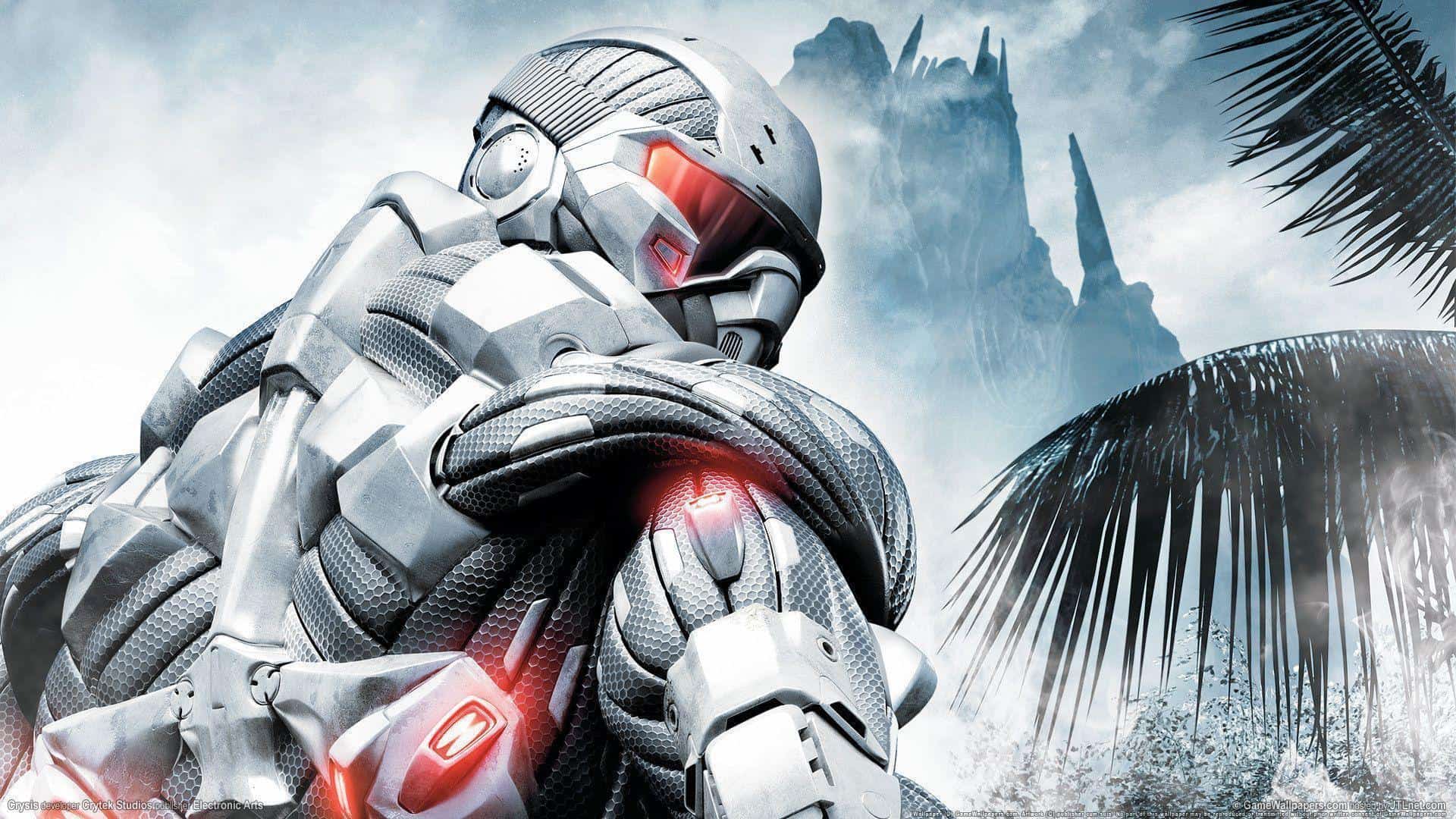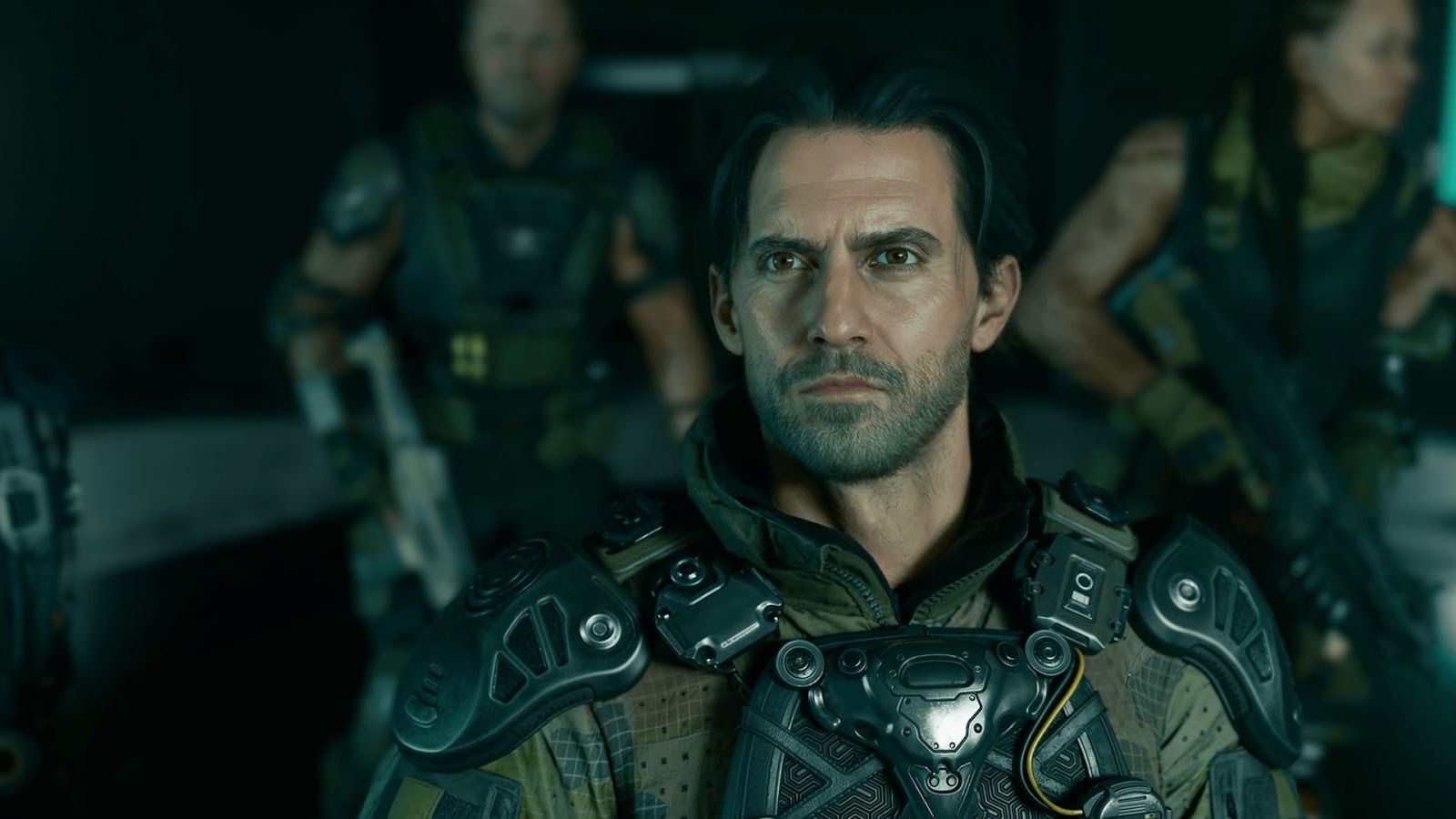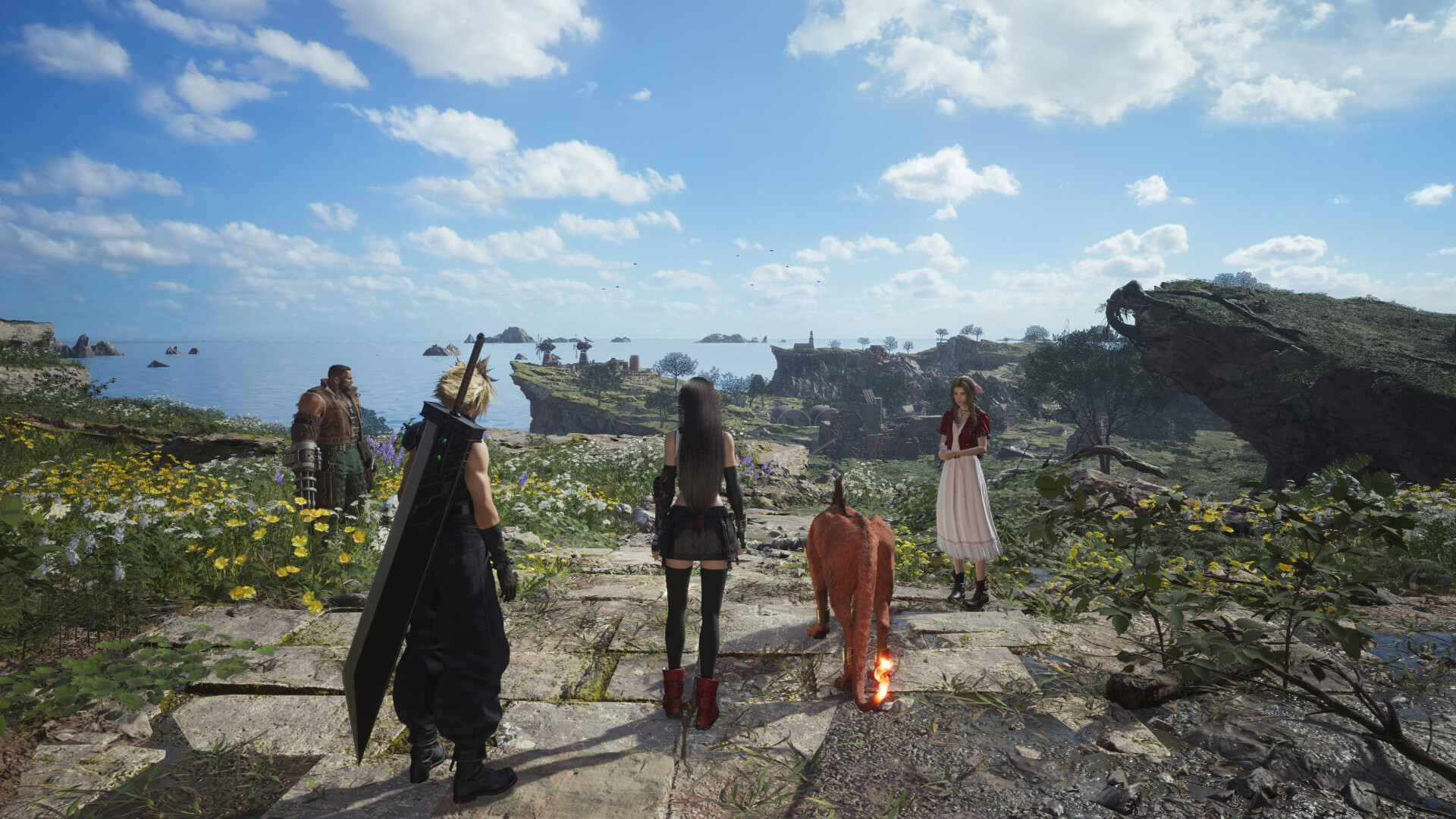You can trust VideoGamer. Our team of gaming experts spend hours testing and reviewing the latest games, to ensure you're reading the most comprehensive guide possible. Rest assured, all imagery and advice is unique and original. Check out how we test and review games here
Crysis is now in stores (and available via the EA Store direct to your PC), and we’re sure most gamers are having some trouble making the game run smoothly on their gaming setup; we’re running a Quad Core and SLI 8800 GTX setup and have still needed to lower some settings in order to get a smooth experience.
The good news is that there’s lots gamers can do to improve performance without having to spend a penny, and even without the game maxed out you’ll still be getting one of the most visually stunning titles available today.
Drivers:
The first port of call for any underperforming PC title is to check you’re running the latest hardware drivers. Most important are those for your video card, but you should also keep up to date with system drivers, sound drivers and whatever else you’ve got installed inside your box.
With most major releases you’ll often find a new video card driver which could offer substantial performance increases. With NVIDIA drivers it’s also well worth checking the beta driver section, where you’ll find pre-release drivers in advance of the official release – as is the case with ForceWare version 169.09, the driver recommended for Crysis.
For NVIDA drivers you should head over to NVIDIA.com and for ATI drivers follow this link. If you’re using a laptop it’s usually recommended that you obtain drivers from the laptop manufacturer’s website.
Patches:
With games often being pushed out the door, perhaps before all testing and performance tweaks can be made, patches are extremely common. While there’s no patch available right now, EA and Crytek have promised that a performance increasing patch will be released shortly. This will be of special interest to gamers running a SLI setup (two matching NVIDIA video cards installed in one system) with large performance increases promised for these high end systems.
Close down unneeded applications:
If your system tray is filling half the width of your screen you’ve got a problem. It’s pretty safe to say you don’t require all these apps open when playing Crysis and you can close down any unnecessary applications to free up some extra memory. Although this is unlikely to transform the game from 15fps to 30fps, every little helps and you’ll be surprised just how much of a resource hog some of these ever-present apps can be.
Clear out some hard drive space and defrag:
A full hard drive is a slow hard drive so make sure you’re not holding onto gigabytes of unnecessary data. Once you’ve cleared out unwanted files you should perform a disk defrag. It’s also worth doing this after installing the game to help reduce load times and game stuttering.
Tweaking game settings:
First off, don’t trust the settings the game recommends you use. Using the recommend maxed out settings the game ran very poorly on our rig, but after playing with the settings we’ve managed to get a game that not only looks amazing but runs also runs at a healthier frame rate.
An easy option to begin with is to run the game in DirectX 9 mode, as opposed to the all-singing, all-dancing DirectX 10 version. You will lose some visual loveliness, but this can result in a significant performance increase. DirectX 9 is default for XP users, but Vista gamers will need to right-click on the Crysis launch icon in the Vista Games Explorer and select ‘PlayDX9’.
Lower all visual settings down one step from the settings the game recommends. It sounds a little drastic but if you now find the game is running much smoother you can go back and increase settings until you get a balance of visual quality and performance you are happy with.
Settings which can result in large performance gains include Shader Quality, Objects Quality, Shadows Quality and Post Processing Quality.
If you’re not willing to take a hit on the quality of the visual effects then your only other option is to lower the resolution. This will give a large performance increase, but dropping below the native resolution on an LCD will result in a noticeably jaggier image. How pronounced this is will depend on how well your display is able to scale the lower resolution image to fill your screen.
Hopefully these tips will make your time with Crysis all the more enjoyable.
/https://oimg.videogamer.com/images/8a3d/crysis_38.jpg)
/https://oimg.videogamer.com/images/4d76/crysis_43.jpg)






